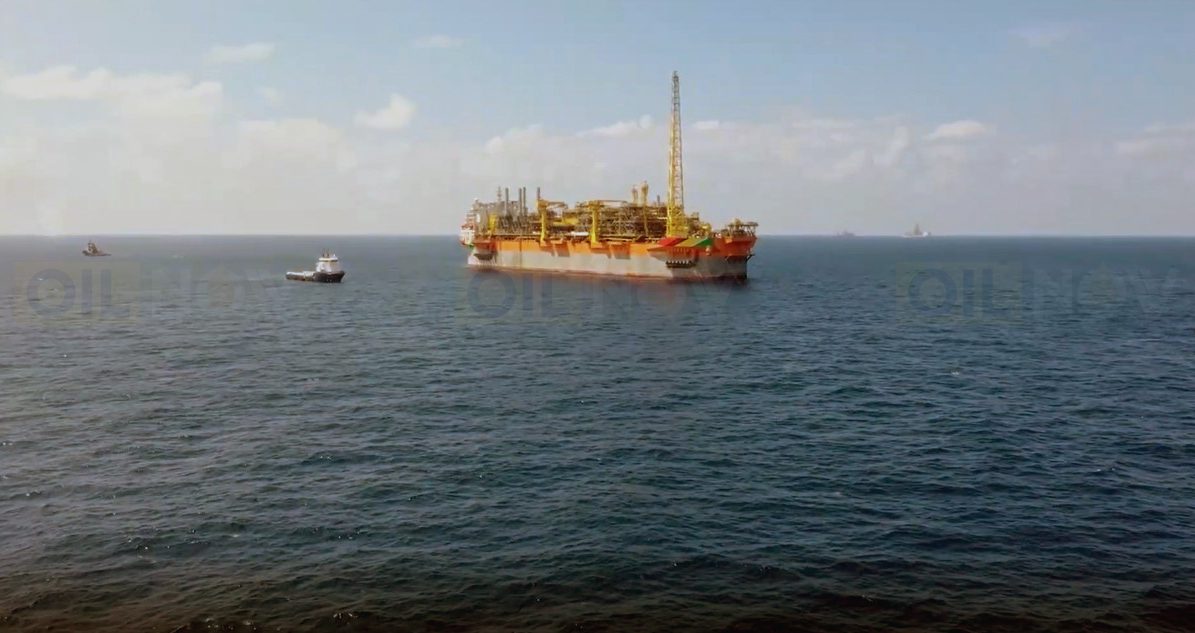With four sanctioned projects in Guyana since the first oil discovery in 2015, of which two are currently in production at industry-leading timelines, ExxonMobil has proven itself “an unmatched project manager of deepwater projects.”
This point was recently made by Chief Executive Officer of Hess Corporation, John Hess. The company is a 30% stakeholder in the Stabroek Block where ExxonMobil Guyana is operator with 45% interest. CNOOC is the third co-venturer in the block with 25% interest.
Hess was keen to note during the Bernstein’s 38th Annual Strategic Decisions Conference that Liza Phase 1 which utilises the Liza Destiny floating, production, storage and offloading (FPSO) vessel started out at a nameplate capacity of 120,000 barrels of oil per day. From the time oil was struck in 2015, the Liza Destiny was on stream and producing oil in four years. Exxon has since debottlenecked the project to produce 140,000 bpd.
Exxon hikes capacity at Liza Destiny, schedules Payara for early startup | OilNOW
Liza Phase 2, Hess said, is using the Liza Unity FPSO and has oil production capacity of 220,000 bpd. “It is ramping up to that number as we speak.”
The third ship for the Payara development, Prosperity, which was supposed to come on stream in 2024, will now come online in the fourth quarter of 2023. The Hess CEO said the second and third ships have the ability to be debottlenecked by 10%, just like Liza Destiny.
As for Yellowtail which was approved on April 1, 2022, Hess said the hull is now being built and it is on stream for 2025 start-up. The Hess boss said, “This is the largest ship we have built to date, and it will produce up to 250,000 bpd with the opportunity to go up and it will cost US$10 billion. We will be developing 900 million barrels of oil resource with this ship.”
US$10 billion Yellowtail development will be largest investment in Guyana’s history | OilNOW
He noted that the breakevens for these ships are between US$25 and US$35 Brent, while Yellowtail itself “is the best return investment in the industry to date.” Thanks to Exxon’s prudent management, the projects are insulated at this time from cost inflation arising from the effects of the COVID-19 pandemic and the war in Russia.
The creditable cost-efficient approach of the operator will also allow Hess to realise income from the Guyana projects, specifically Liza 1 and Liza 2, totaling US$2.6 billion for 2022.
In this regard, Hess shared, “We have three liftings in Guyana in the first quarter, which is a million barrels per shipment. The second quarter is about 7; the third and fourth quarters will total 8 liftings each. We have over a US$100-barrel Brent price. We are therefore going from US$300 million of incremental cash flow from Guyana to US$700 million in the second quarter, then US$800 million in the third, and US$800 million in the fourth. So, that is a rate of change just for this year.”
He said this rate of change continues to compound at US$1 billion a year in incremental cash flow as each ship comes on. Because of Exxon’s approach, Hess said in no uncertain terms that Guyana’s offshore projects make for “an incredible cash flow story and it is unequaled in the business.”




